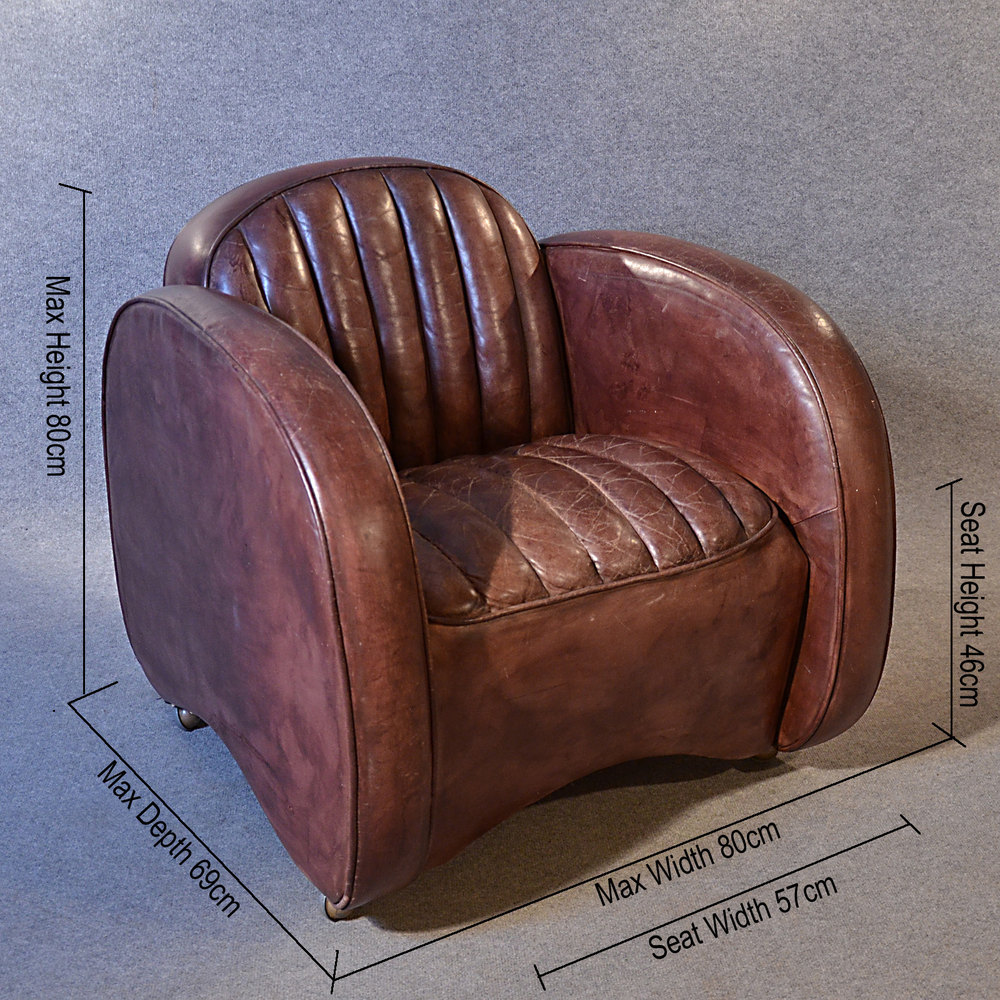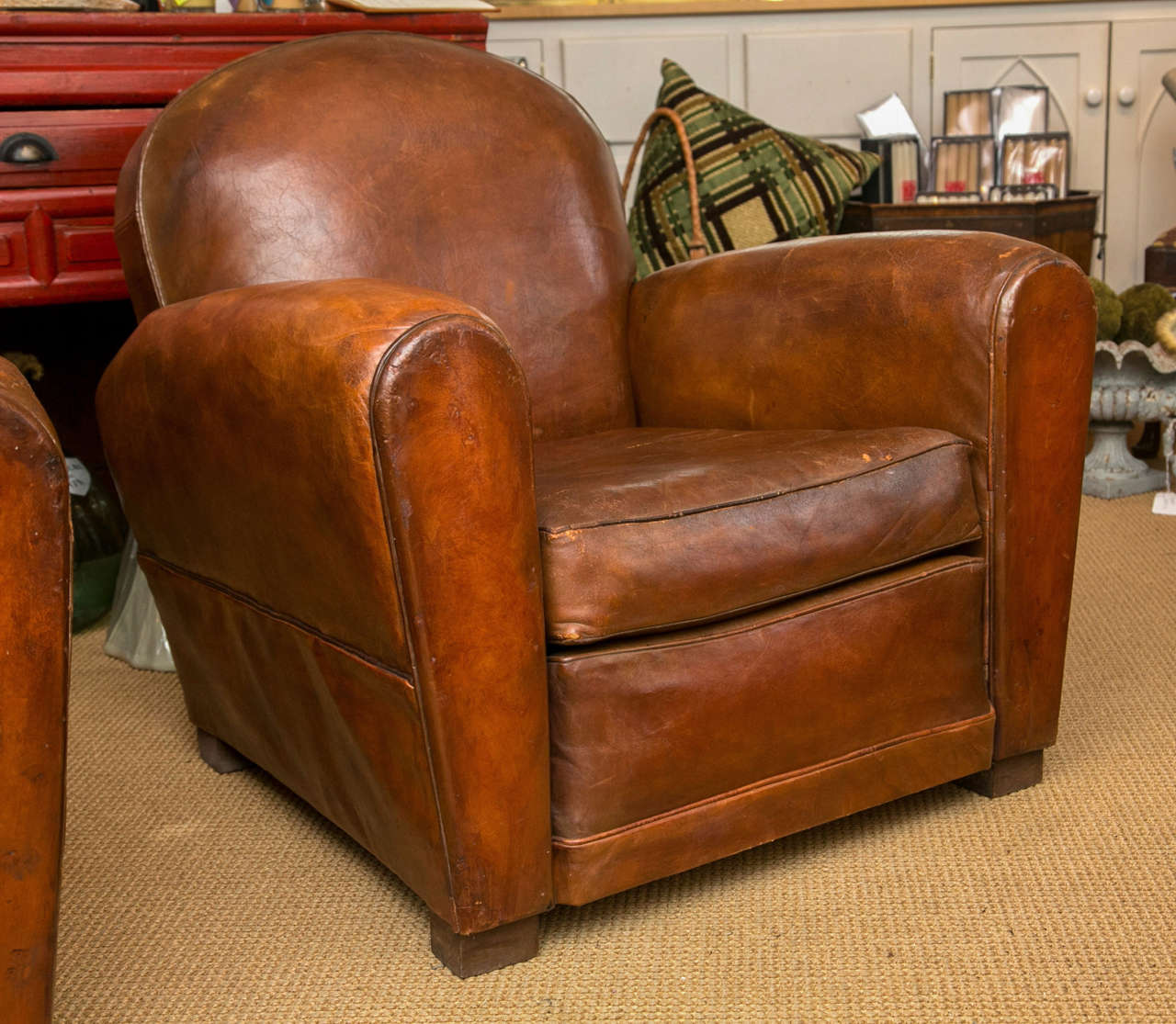The Art Deco Movement and Its Influence on Furniture Design

The Art Deco movement, which emerged in the 1920s and 1930s, was a revolutionary force in design, transforming everything from architecture and fashion to furniture. Its influence on furniture design is particularly evident, shaping the aesthetics of the era and leaving a lasting legacy on modern design.
Key Characteristics of the Art Deco Movement, Art deco leather chair
The Art Deco movement was characterized by a bold and luxurious aesthetic, drawing inspiration from geometric shapes, vibrant colors, and exotic materials. Its defining features included:
- Geometric Shapes: Art Deco furniture frequently incorporated geometric shapes, such as circles, squares, triangles, and zigzags. These shapes created a sense of order and symmetry, contrasting with the more organic forms of earlier design movements.
- Bold Colors: Art Deco designers embraced a vibrant palette, using rich colors like gold, silver, black, red, and blue. These colors were often used in bold combinations, creating a striking and luxurious effect.
- Luxurious Materials: Art Deco furniture often featured high-quality materials such as exotic woods, polished metals, and luxurious fabrics. The use of these materials added to the movement’s overall sense of opulence and sophistication.
Influence of Art Deco on Furniture Design
The Art Deco aesthetic had a profound impact on furniture design, influencing the shapes, materials, and decorative elements used. Key features of Art Deco furniture include:
- Sleek Lines: Art Deco furniture is known for its sleek and streamlined lines, creating a sense of modernity and sophistication. The use of geometric shapes and bold curves resulted in furniture that was both functional and visually appealing.
- Contrasting Materials: Art Deco designers often combined contrasting materials to create visual interest and texture. This might involve pairing polished wood with chrome or glass, or using contrasting colors and patterns in fabrics.
- Decorative Elements: Art Deco furniture was often adorned with decorative elements such as inlays, geometric patterns, and stylized motifs. These elements added a touch of elegance and sophistication to the furniture’s design.
Examples of Iconic Art Deco Furniture Pieces
The Art Deco movement produced a number of iconic furniture pieces that continue to be admired today. Here are some notable examples:
- The “Zig Zag” Chair by Eileen Gray: This chair, designed in 1932, is a prime example of Art Deco’s embrace of geometric shapes. Its distinctive zig-zag pattern, chrome frame, and luxurious leather upholstery epitomize the movement’s aesthetic.
- The “Barcelona” Chair by Mies van der Rohe: Designed in 1929 for the German Pavilion at the Barcelona International Exposition, this chair is a masterpiece of modern design. Its minimalist form, sleek chrome frame, and luxurious leather upholstery reflect the Art Deco movement’s emphasis on simplicity and elegance.
- The “Club” Chair by Jacques-Emile Ruhlmann: This chair, designed in the 1920s, is a classic example of Art Deco’s luxurious aesthetic. Its elegant curves, intricate inlays, and rich mahogany finish showcase the movement’s appreciation for fine craftsmanship and exquisite materials.
The Evolution of Leather in Furniture Design

Leather has been a staple material in furniture design for centuries, its enduring popularity stemming from its durability, beauty, and versatility. From ancient times to the present day, leather has played a significant role in shaping the evolution of furniture design, reflecting changing tastes, technological advancements, and cultural influences.
The History of Leather in Furniture Design
Leather’s use in furniture design dates back to ancient civilizations. In ancient Egypt, leather was used to cover furniture, often adorned with intricate carvings and embellishments. In ancient Rome, leather was used to create luxurious couches and chairs for wealthy patrons. During the Middle Ages, leather was widely used in furniture making, particularly for upholstery and coverings.
- Leather’s durability and water resistance made it an ideal material for furniture used in harsh environments, such as castles and taverns.
- Leather’s natural beauty and versatility allowed it to be incorporated into various furniture styles, from simple and functional to ornate and elaborate.
The Renaissance saw a renewed interest in classical art and design, leading to the use of leather in more refined and elegant furniture. During the Victorian era, leather became increasingly popular for furniture, with styles ranging from ornate and elaborate to more streamlined and functional.
Types of Leather Used in Furniture Making
Leather used in furniture making comes from various animal hides, each with unique properties and characteristics. The most common types of leather used in furniture include:
- Full-grain leather is the highest quality leather, made from the top layer of the hide, which retains its natural grain and texture. Full-grain leather is known for its durability, breathability, and natural beauty. It is often used for high-end furniture pieces.
- Top-grain leather is similar to full-grain leather but has been sanded or buffed to create a smoother surface. Top-grain leather is still durable and beautiful but may not have the same natural texture as full-grain leather.
- Split leather is made from the lower layer of the hide, which is thinner and less durable than full-grain or top-grain leather. Split leather is often used for furniture that requires a more affordable option.
- Aniline leather is a type of full-grain leather that has been dyed with a transparent dye, which allows the natural grain and texture of the leather to show through. Aniline leather is known for its soft feel and luxurious appearance.
- Semi-aniline leather is a type of full-grain leather that has been dyed with a pigmented dye, which provides more color saturation and protection than aniline leather.
- Corrected grain leather is a type of leather that has been sanded or buffed to remove imperfections and create a more uniform surface. Corrected grain leather is less expensive than full-grain or top-grain leather but may not have the same natural beauty or durability.
Leather and Furniture Styles
Leather has been used to create a wide range of furniture styles, from traditional to contemporary.
- Traditional furniture often features leather upholstery in rich colors and textures, such as brown, burgundy, and green. Leather is often used for classic pieces like wingback chairs, Chesterfield sofas, and leather-bound library chairs.
- Modern furniture often features leather upholstery in sleek and minimalist designs. Leather is often used for modern pieces like mid-century modern chairs, contemporary sofas, and leather-covered ottomans.
- Contemporary furniture often features leather upholstery in bold colors and textures, such as black, white, and gray. Leather is often used for contemporary pieces like modern dining chairs, minimalist sofas, and leather-covered lounge chairs.
Leather’s versatility allows it to be used in various furniture styles, from classic and traditional to modern and contemporary. The type of leather used, the color, and the design of the upholstery can all contribute to the overall style and aesthetic of a piece of furniture.
The Art Deco Leather Chair

The Art Deco leather chair stands as a testament to the era’s fascination with geometric forms, luxurious materials, and meticulous craftsmanship. Its distinctive design elements, choice of leathers, and construction techniques reflect the artistic and technological advancements of the 1920s and 1930s.
Geometric Forms and Decorative Details
The Art Deco leather chair is characterized by its bold geometric forms, often incorporating angular lines, stepped designs, and symmetrical arrangements. These elements are evident in the chair’s frame, legs, and backrests.
- Frame: The frame is often constructed from sturdy materials like steel or wood, with a strong emphasis on clean lines and geometric shapes.
- Legs: The legs can take on various forms, from simple cylindrical or square shapes to more elaborate designs with geometric motifs.
- Backrest: The backrest often features geometric patterns or designs, with a focus on symmetry and visual balance.
Beyond the primary geometric forms, decorative details further enhance the Art Deco aesthetic. These details can include:
- Inlay: Geometric patterns or motifs are often inlaid into the wood frame, creating intricate visual textures.
- Carving: Geometric patterns can also be carved into the wood frame, adding depth and dimensionality to the chair’s design.
- Metalwork: Metal accents, such as brass or chrome, are often incorporated into the chair’s design, adding a touch of glamour and sophistication.
Leather Types and Finishes
Art Deco leather chairs were crafted using a variety of leathers, each with its unique texture, color, and finish.
- Aniline Leather: Known for its soft, supple texture and natural grain, aniline leather was often used for Art Deco chairs. Its natural color and subtle variations in shade contribute to a luxurious and timeless appeal.
- Semi-Aniline Leather: This type of leather offers a balance between the natural look of aniline leather and the durability of pigmented leather. It is often finished with a light coating that enhances its color and protects it from stains.
- Pigmented Leather: Pigmented leather is known for its durability and resistance to fading. It is often used for Art Deco chairs in bold, vibrant colors, adding a striking contrast to the geometric forms of the chair.
Beyond the type of leather, the finish applied to the leather also played a crucial role in the chair’s aesthetic.
- Polished Finish: This finish enhances the natural sheen of the leather, giving it a luxurious and elegant appearance.
- Distressed Finish: This finish creates a vintage look, with subtle marks and imperfections that add character and charm to the leather.
- Embossed Finish: Embossed leather features patterns or designs pressed into the surface, adding texture and visual interest to the chair.
Construction Techniques
The construction of Art Deco leather chairs demanded exceptional craftsmanship and attention to detail.
- Frame Construction: The frame was often constructed using traditional joinery techniques, ensuring strength and durability.
- Upholstery: The leather upholstery was carefully tailored and fitted to the frame, with meticulous attention to seams and stitching.
- Padding: The padding used for Art Deco chairs was often made from high-quality materials like horsehair or cotton, providing both comfort and support.
The construction of an Art Deco leather chair was a labor of love, requiring skilled artisans to bring together the finest materials and techniques.